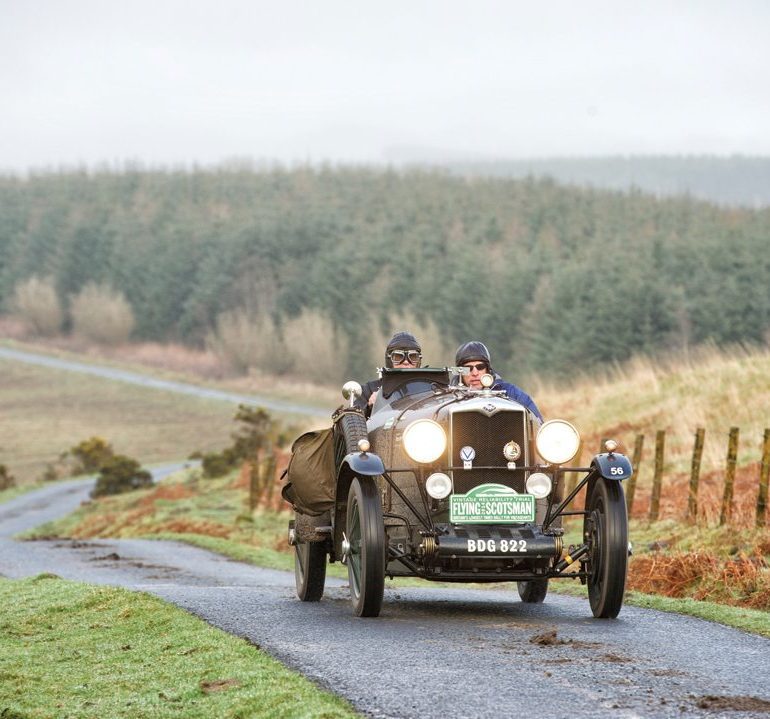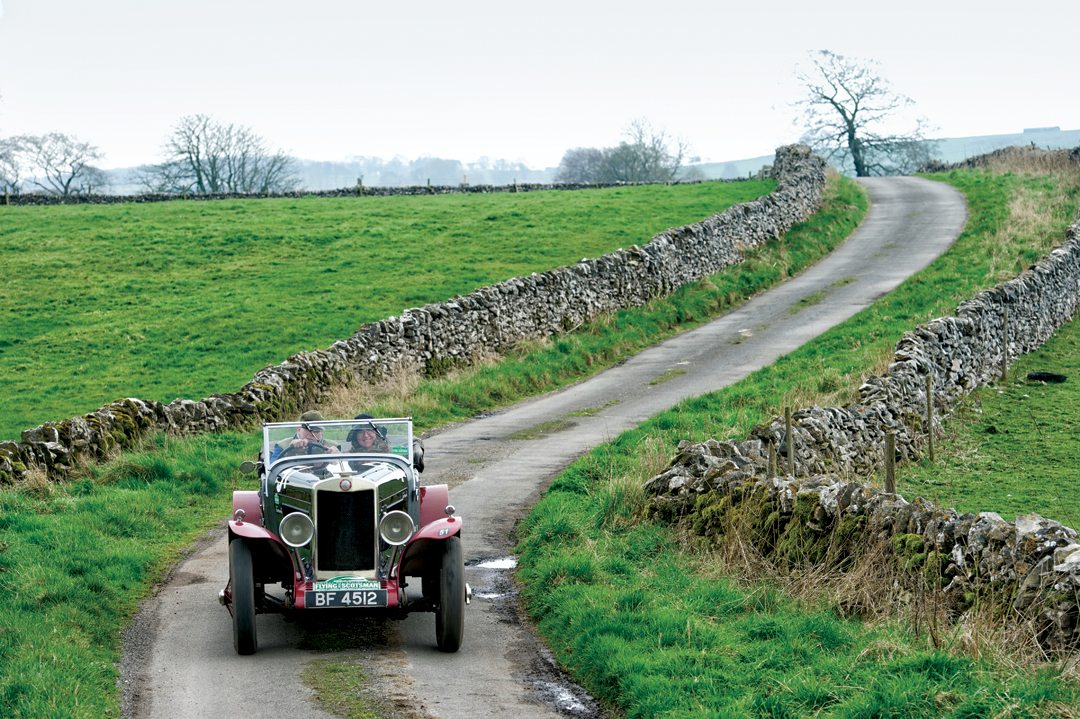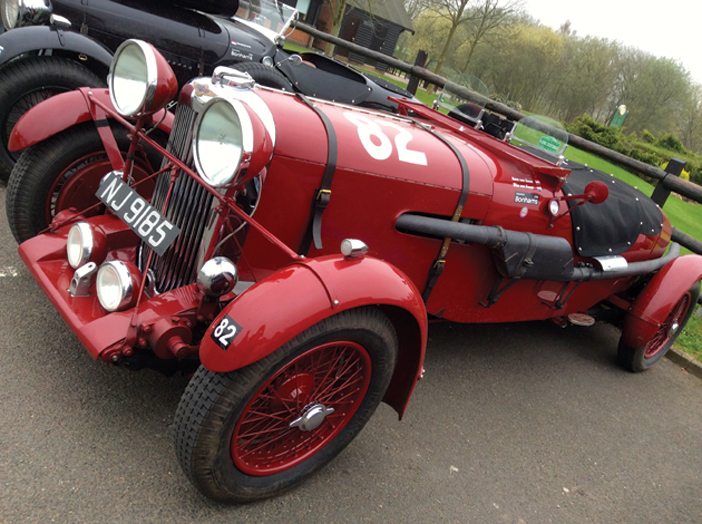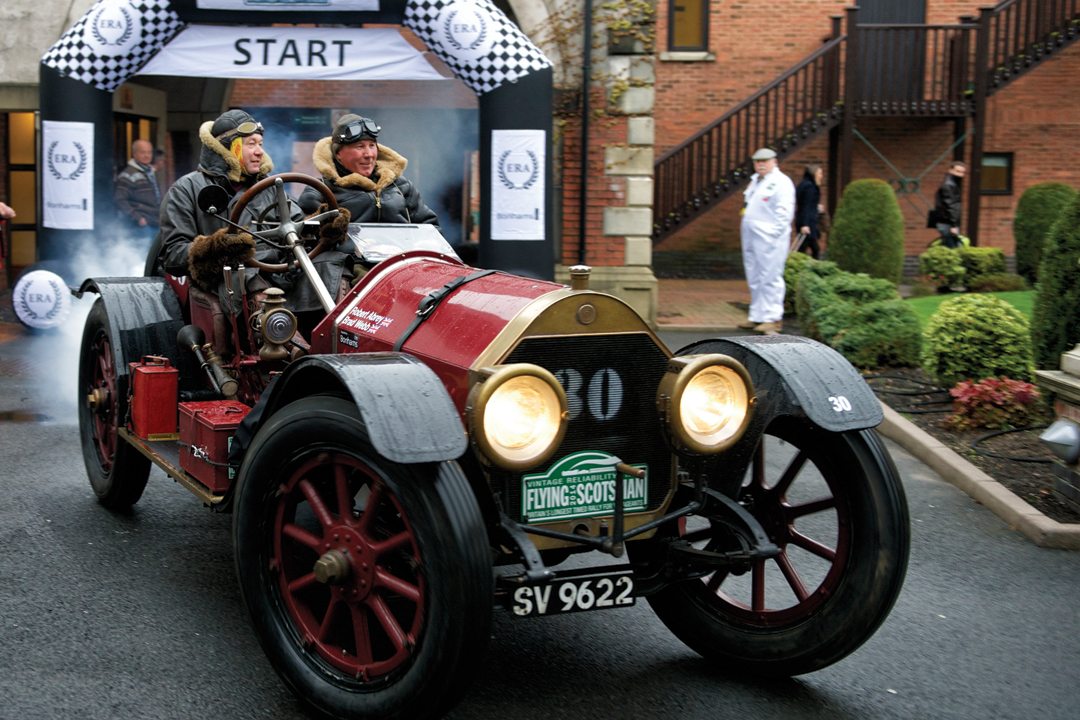
The original plan was to take my two-liter Low Chassis Lagonda. This was a “barn find” bought nine months previously. I subsequently found out that not only was it an original supercharged car, but had a rally history, including the 1931 London to Edinburgh Trial. What better way to celebrate the re-commissioning of the car than to enter it in the Flying Scotsman Rally? However, a massive oil leak from the rear main oil seal, only three weekends before the event, clearly meant that it would not be ready and, even if it were, probably not reliable enough for what was going to be a tough event by any standard.
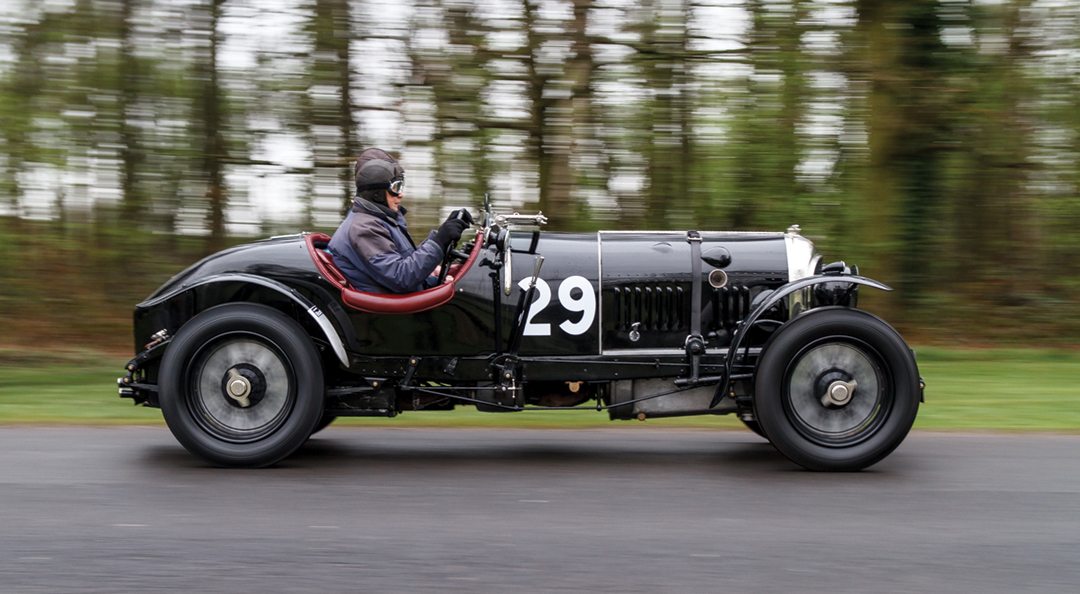
The Flying Scotsman Rally is a “vintageant” navigation rally, loosely based on the fact that a 1930s Talbot 105 raced the “Flying Scotsman” steam train from London to Edinburgh. With the entry paid and a navigator waiting, the only choice left was to wheel out my 15/98 two-liter Aston Martin. It was last used in a couple of races in the previous Aston Martin Centenary year and for a week touring with my wife and dog along the south coast of England. I knew it was in good fettle and hoped it would be reliable.
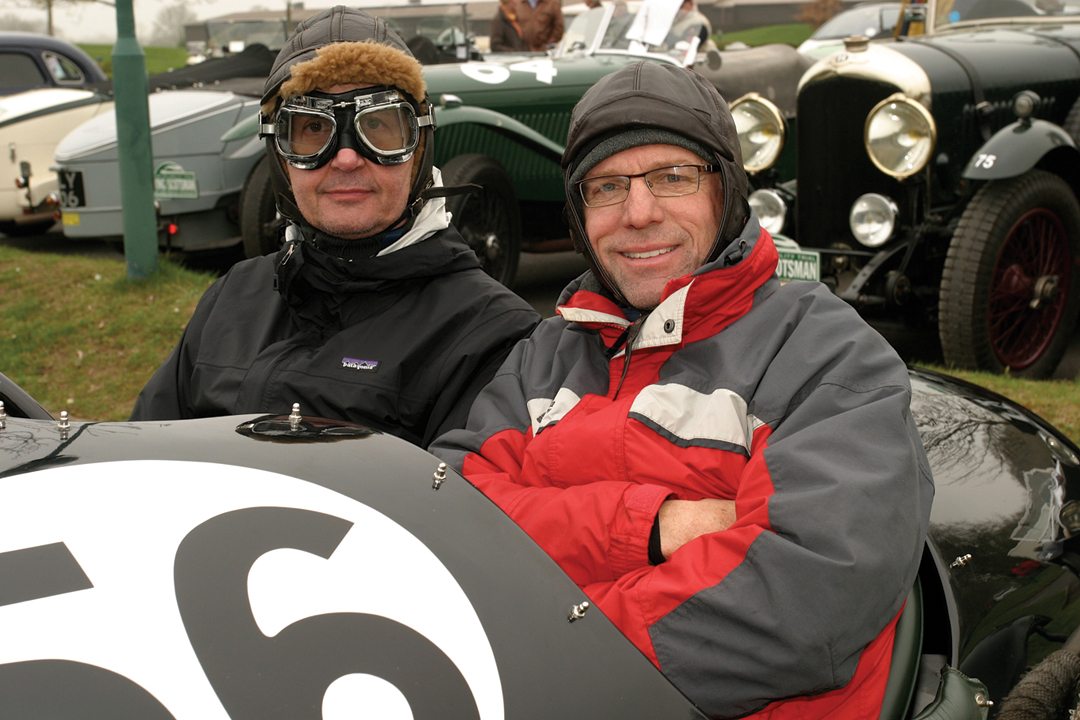
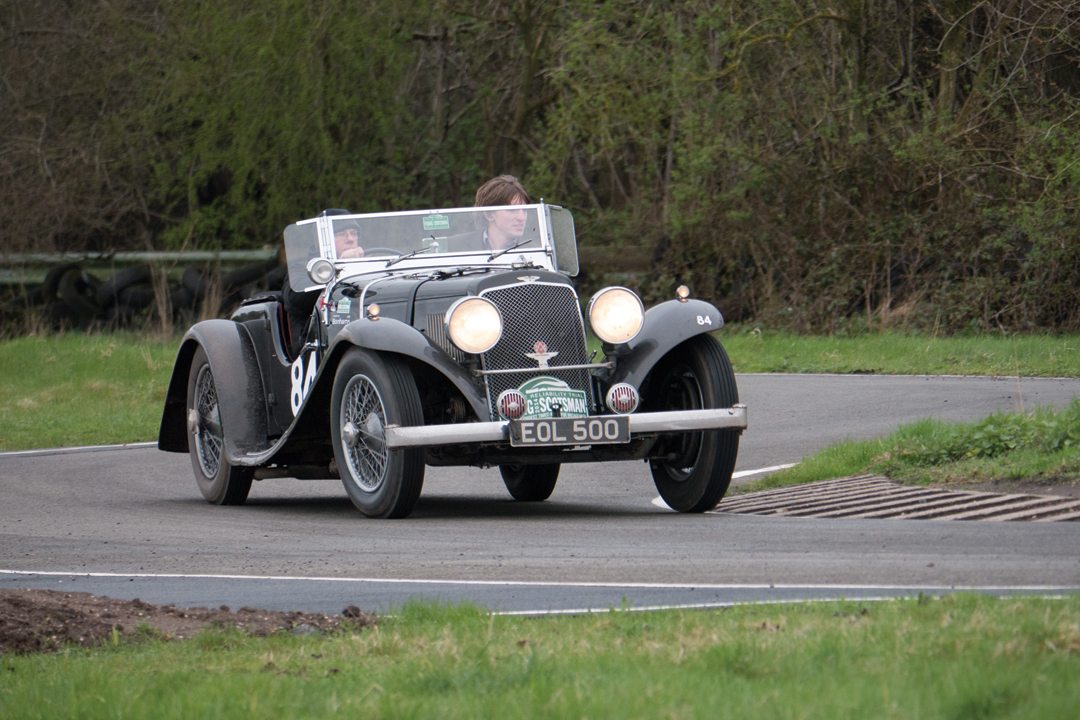
With minimal preparation, amounting to oil, water and tire pressure checks and the fitting of an accurate rally-style milometer, the faithful Aston set off from my workshop in Olney, Buckinghamshire. The start was in Warwickshire, about 50 miles north of my hometown. On arrival, the scrutineering was mercifully minimal. As all the entrants were already licensed for the road, the checks were simple: Did the lights work? Was there an extinguisher, a tow rope and a sheet to put under the car at night in the hotel car park? Did the horn work? At signing on, we were given a route book and a time card, which my navigator would use to get us to the famous Gleneagles Hotel in Scotland via numerous timed sections and navigation and driving tests en route. This would take the better part of three days’ driving, and would cover close to 600 miles.
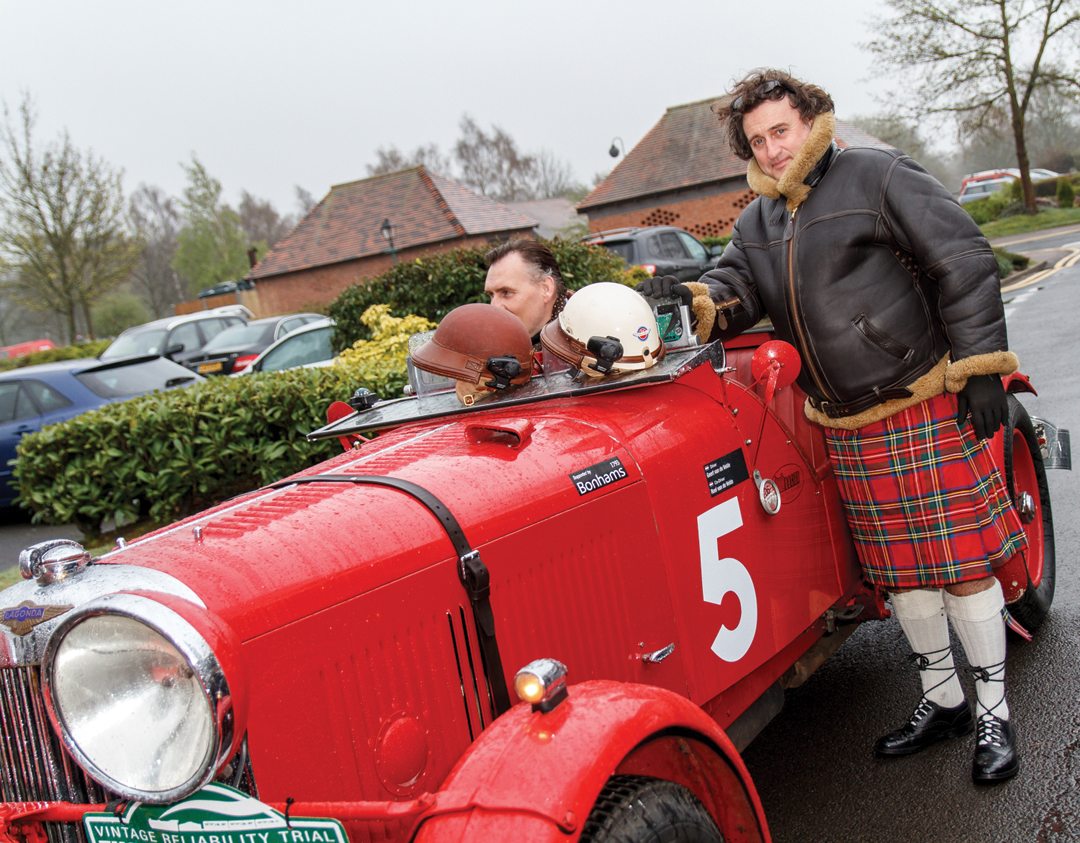
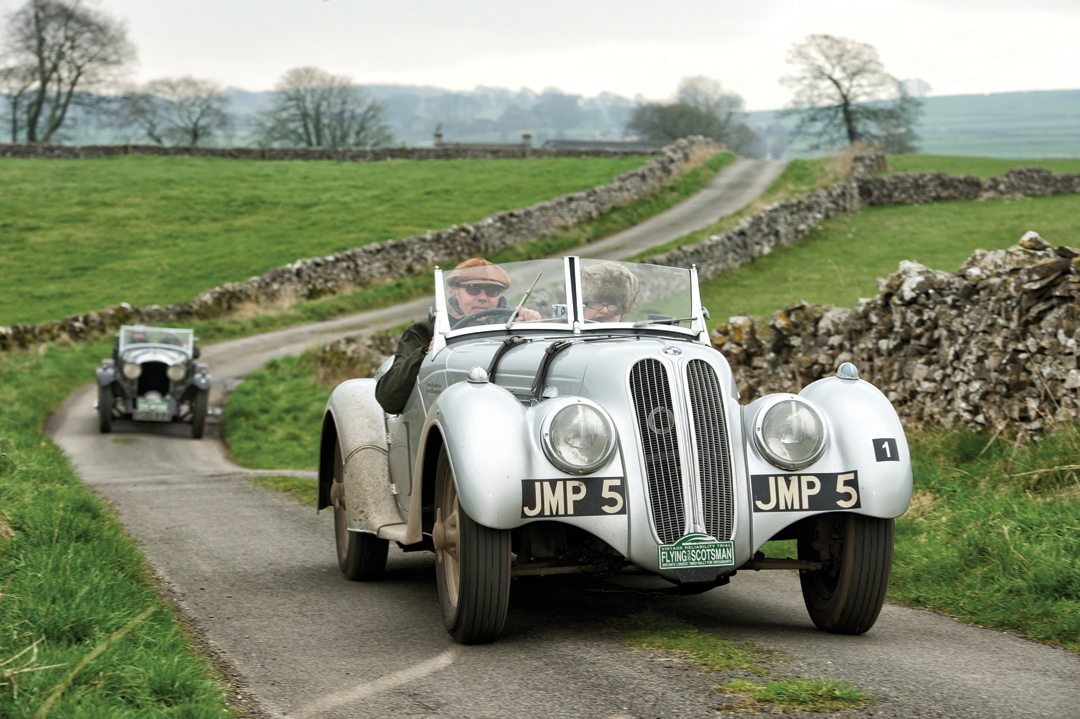
The first test was straight from the start line, and quite honestly, we were completely unprepared to go quite so headfirst into the rally! My navigator was relatively new to this type of event, and after but five minutes we were hopelessly lost. Luckily, quite soon we spotted another competitor, indeed another Aston, and followed him out of the maze of narrow lanes, with high hedges each side. Somewhat mysteriously, he had left a full 40 minutes before us, so we expected some serious penalties for being early at the first checkpoint. Our car was working well and was easy to drive, but clearly we needed to improve our technique very rapidly.
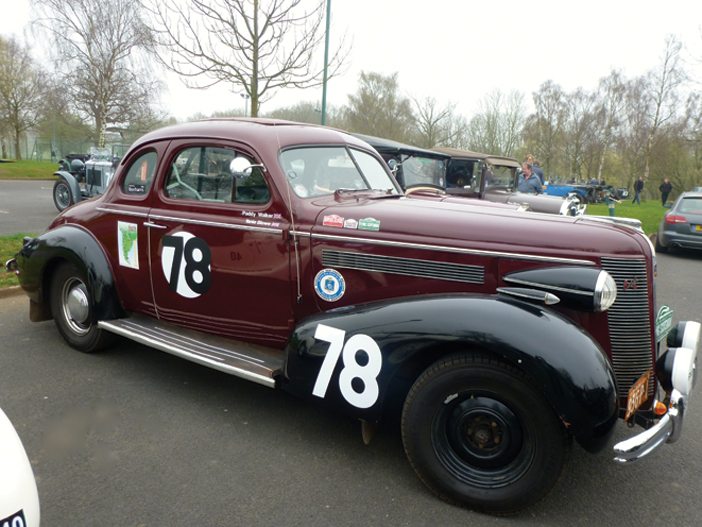
About an hour farther up the road, following our “Tulip” style route map we were into the wild Derbyshire Peak District, and on to what were not much more than farm tracks across rugged stony hills separated by deep valleys. The rally was in theory all on tarmac roads, but the isolation of the “high peaks” and a couple of very bad winters had left most of these very rural roads in terrible condition. There was tarmac, but it was mostly “deconstructed.” The tires and suspension were clearly going to be tested to the limit.
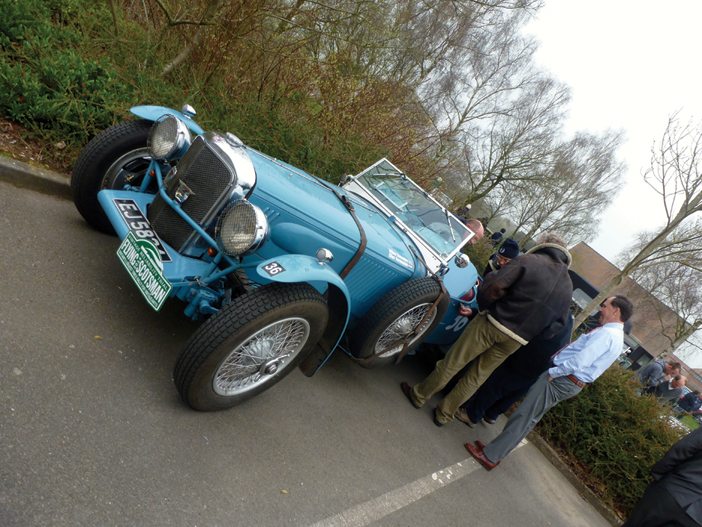
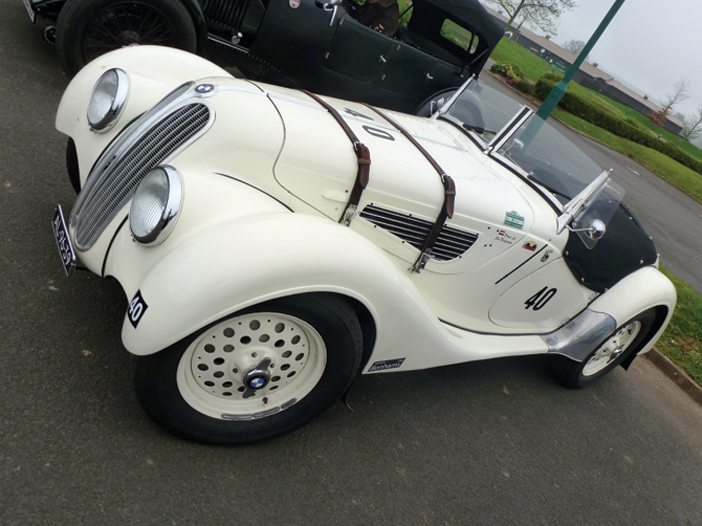
The next section was a “jogularity” on semi-closed lanes. The object of this test was to arrive at the next control at a pre-determined time, navigating by recognizing passing features, as described in the route book. Progress could be checked against given ideal times for observing the features en route. Stopwatches and an accurate speedometer were required to do this, neither of which we had on board! However, using the stopwatch on our phones and calculating the error on our speedo we gradually got better at this particular task and, indeed, with the navigation in general.
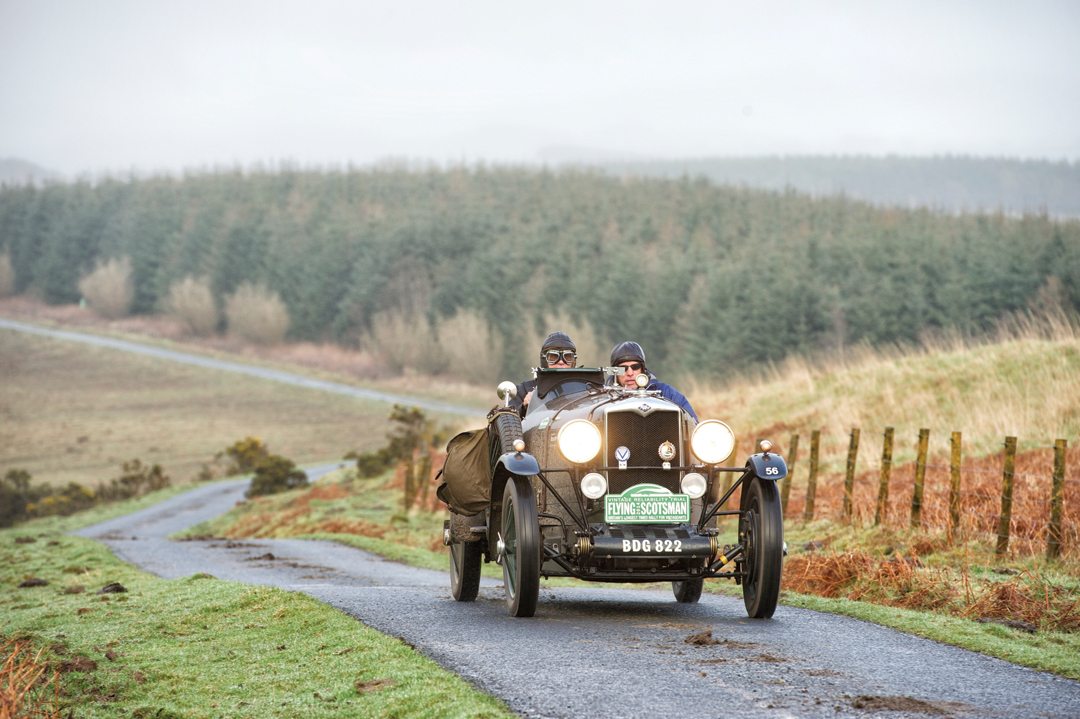
During this first morning the Aston performed well. The Bertelli/Claude Hill-designed, overhead valve, single-cam engine was running sweetly. Our engine was much smaller than most of the other cars in the event, but the slightly larger carburetors and “Speed Model” specification camshaft gave it good torque and a pretty fair turn of speed when required. The brakes worked well and the steering lock was more than adequate. The Aston seemed to be a pretty good vehicle for the rally. Indeed, I wondered how the big Bentleys and Lagondas managed on some of the tight bends; at least three-point turns clearly being required at some places. The gear ratios of the Aston’s Moss synchromesh gearbox seemed to be just about perfect with most hills and hairpin bends able to be accomplished in second gear, though a bit of deft control of the advance and retard lever was required to reduce “pinking.” This proved to be quite a challenge while steering and changing gear! The only slight worry was that the clutch seemed to be dragging somewhat. This made gear-changing noisier than it should have been, and engaging first gear distinctly uncomfortable.
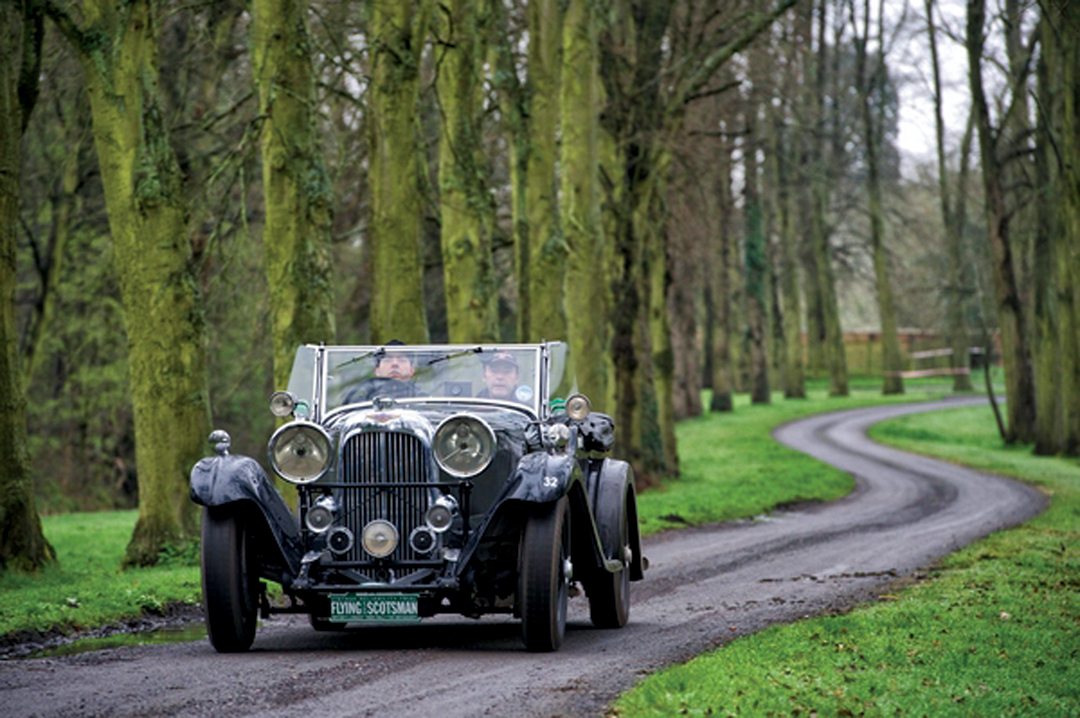
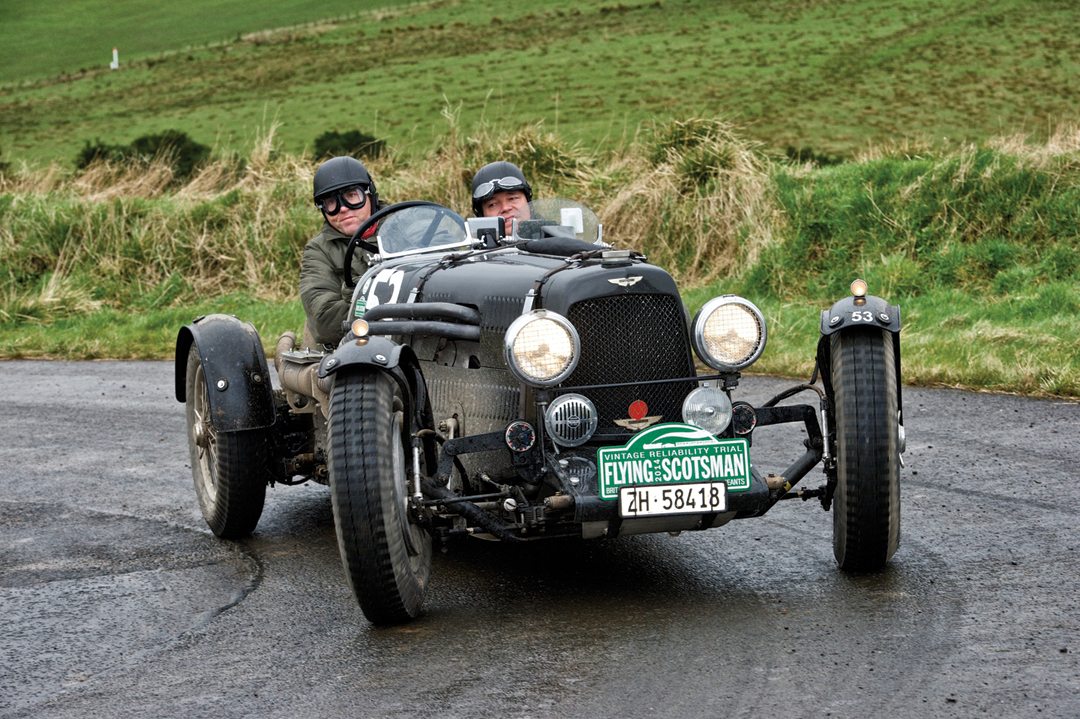
At the lunch stop, in a remote Derbyshire village, we took the opportunity to fill up with fuel. What I soon discovered was that the tank breather was some six inches lower than the level of fuel at the filler cap. So, while we had a very good lunch, the top half-gallon of fuel slowly drained from the breather! This caused some concern with the locals, who had gathered in the square to observe 120 lunatics with their vintage cars. I also took this opportunity to adjust the clutch pedal free play, but it still did not feel quite right.
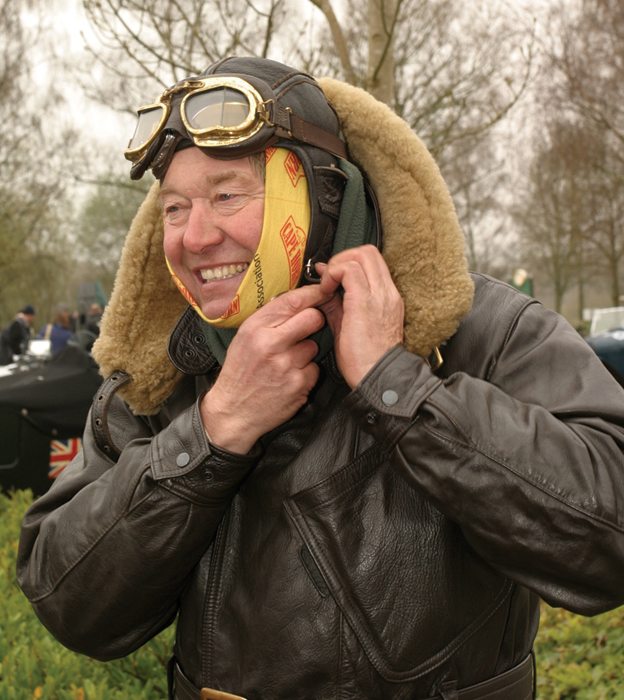
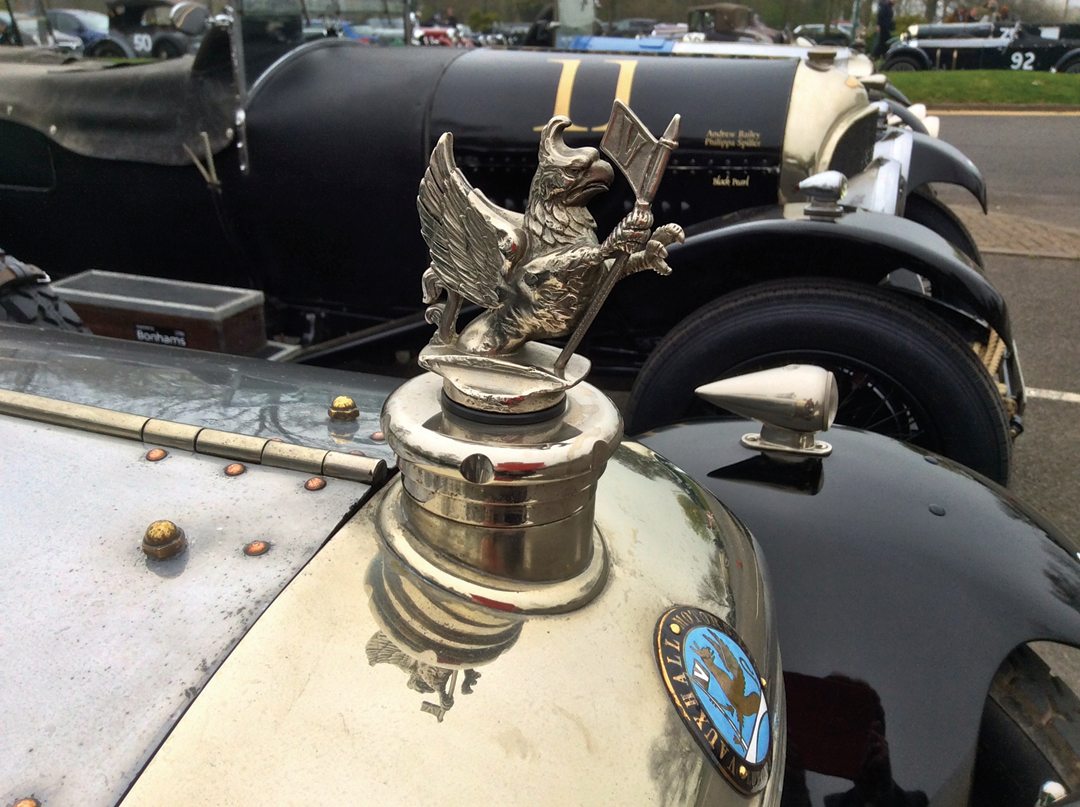
Immediately after the start of the afternoon, we completed the first true navigation section. Given a simple road map, we were instructed to approach four checkpoints from different points of the compass. This required careful map reading and the judicious use of a colored highlighter pen. Sixty miles later, through wonderful wild countryside, we arrived at what was the fourth element of the Flying Scotsman, a driving test. This involved following a marked route through the closed drive of a large country estate, passing marker cones on the correct side and incorporating a number of stop-astride-the-line “stop and go” tests. This all at a pre-determined speed and, therefore, against the clock. The Aston proved to be more than agile enough with both good acceleration and good brakes. We finished the day in rain with the hood up, having completed about 175 miles of the rally so far.
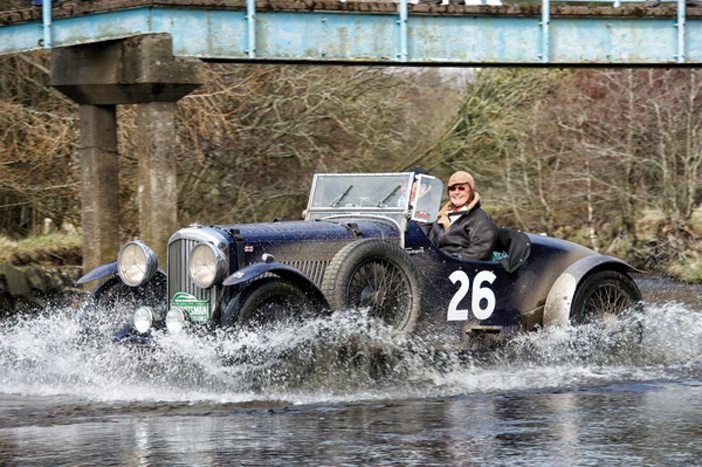
Day Two was much the same mix of jogularity, map reading and driving tests and both my navigator and I were settling in nicely and really beginning to enjoy the event itself and the spectacular countryside of the North York moors and the Scottish Borders. Toward the end of the day, we had a slight fuel scare. Somehow, we had missed the last fuel stop for 70 miles. Although we had the best part of two gallons in a can, a quick back of the hand calculation suggested we might be lucky to arrive at the hotel, and we would certainly be close to empty.
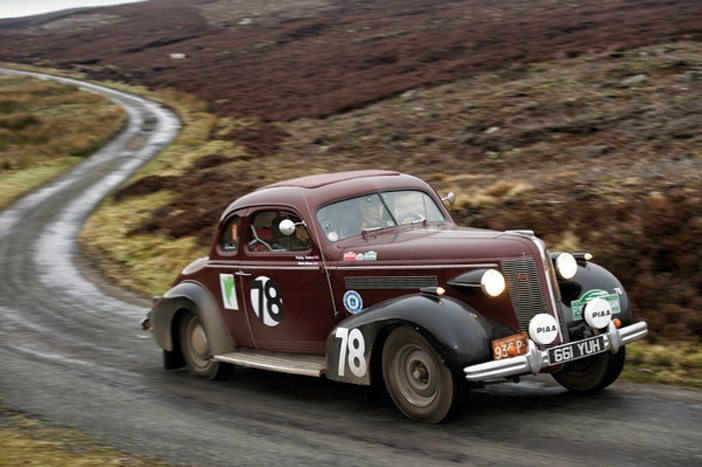
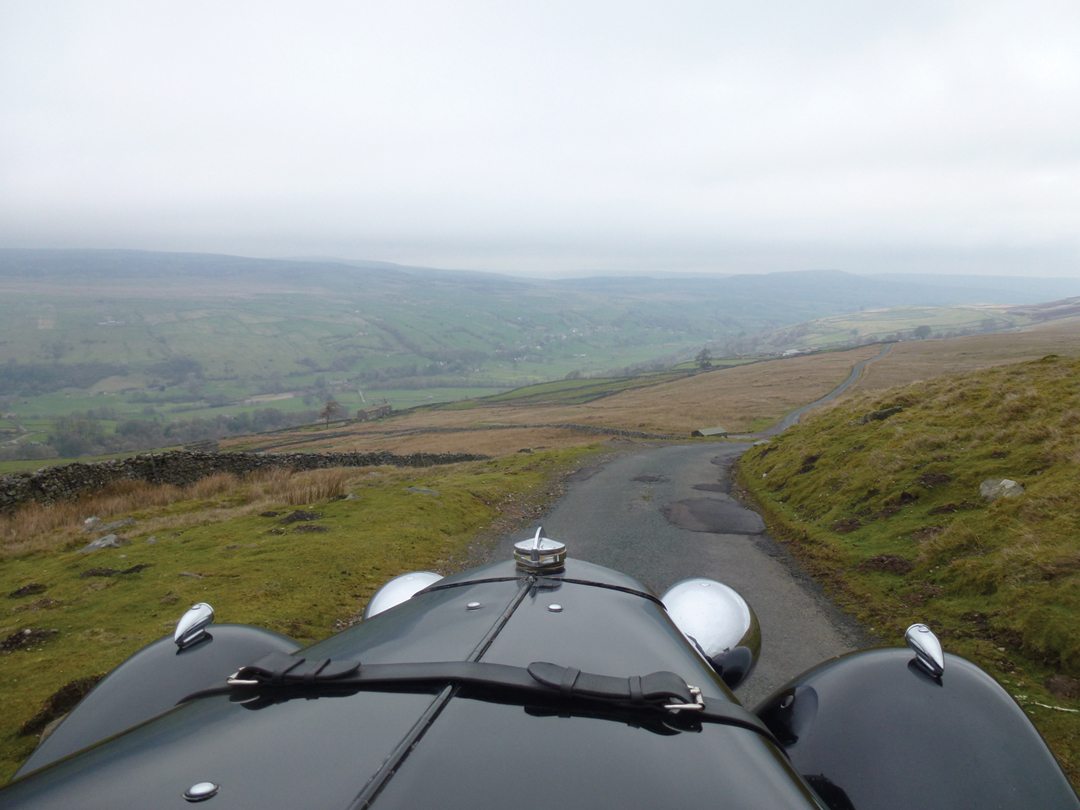
Photo: Andy Bell
It is the worst sin on these events to run out of fuel. Getting lost is acceptable and, of course, the risk reduces with practice, but running out of fuel is simple stupidity. In fact, we made it quite comfortably. The car used, on average, about one gallon for 22 miles of running, and with an eight-gallon tank we had a safe 180 mile range, 200 using reserve, which is simply a second SU fuel pump with a lower take off at the bottom of the tank. I made a mental note to remember the miles per gallon ratio….these things matter on a rally.
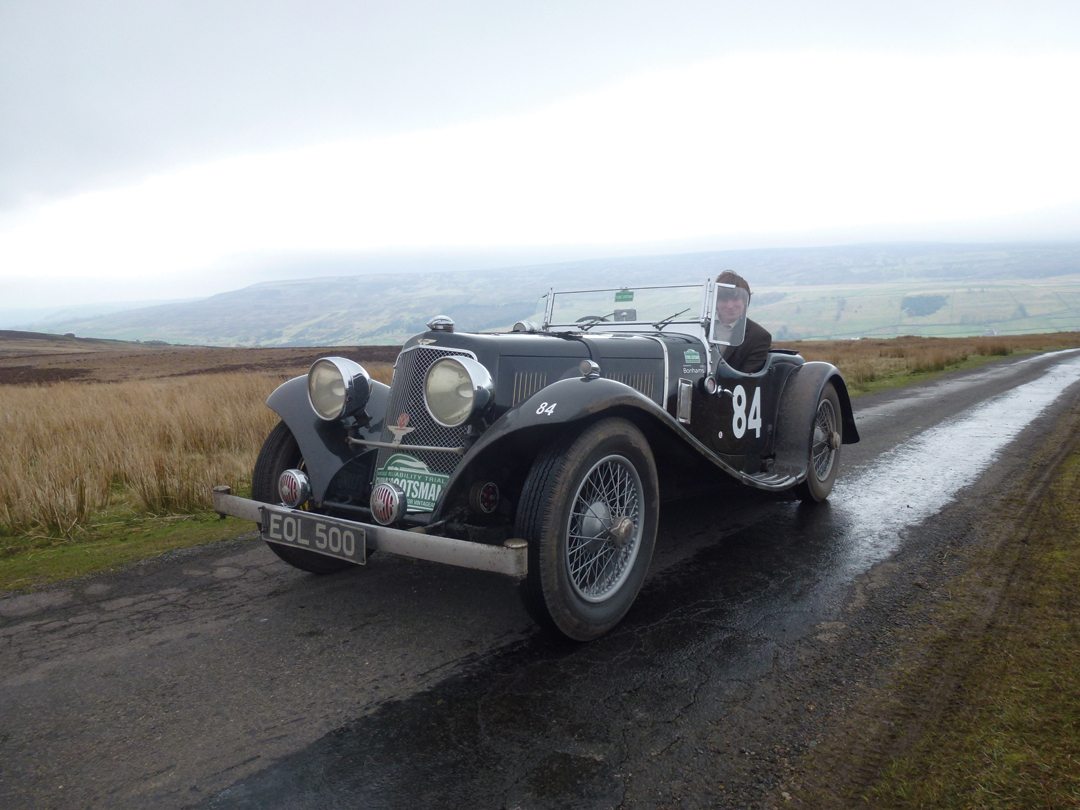
Photo: Andy Bell
The third and final day started in bright weather so we set off with the top down. However, I overheard the organizer saying that it was much better than he expected, so it was no great surprise when a little later on it started to rain quite heavily. In the morning we completed another driving test around a tiny circuit built on an old coal mine slag tip that was very steep with blind corners. The Aston handled this very well, but my overexuberance on the slippery surface meant that on my final lap I overshot the finish line with all four wheels locked up. Another large penalty ensued.
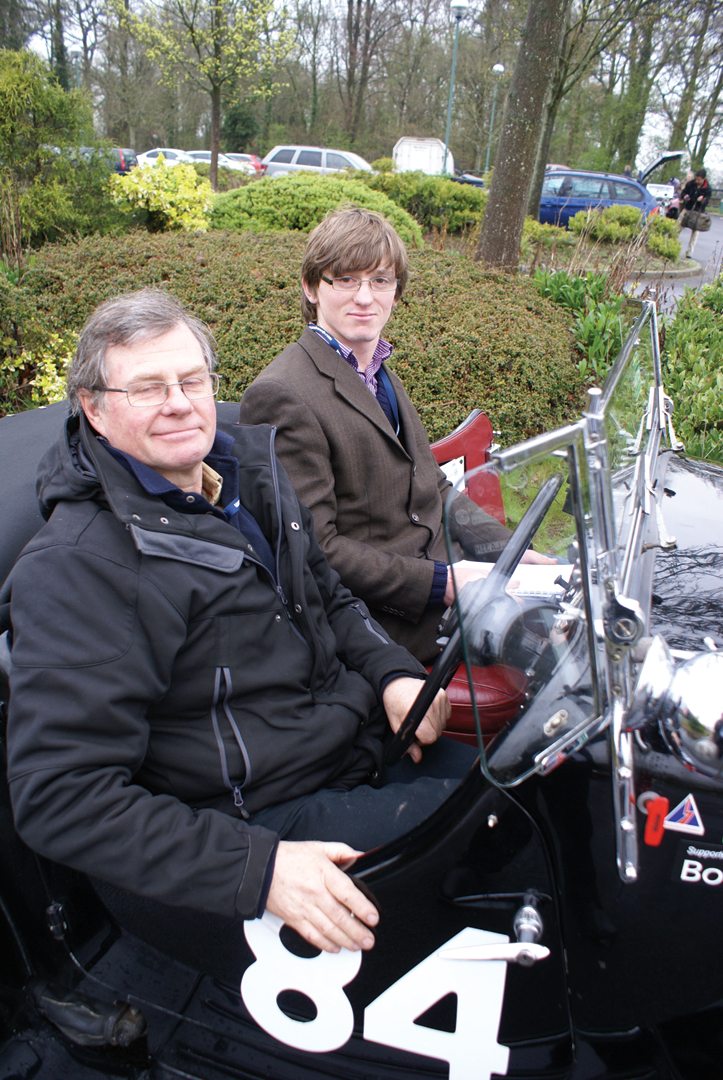
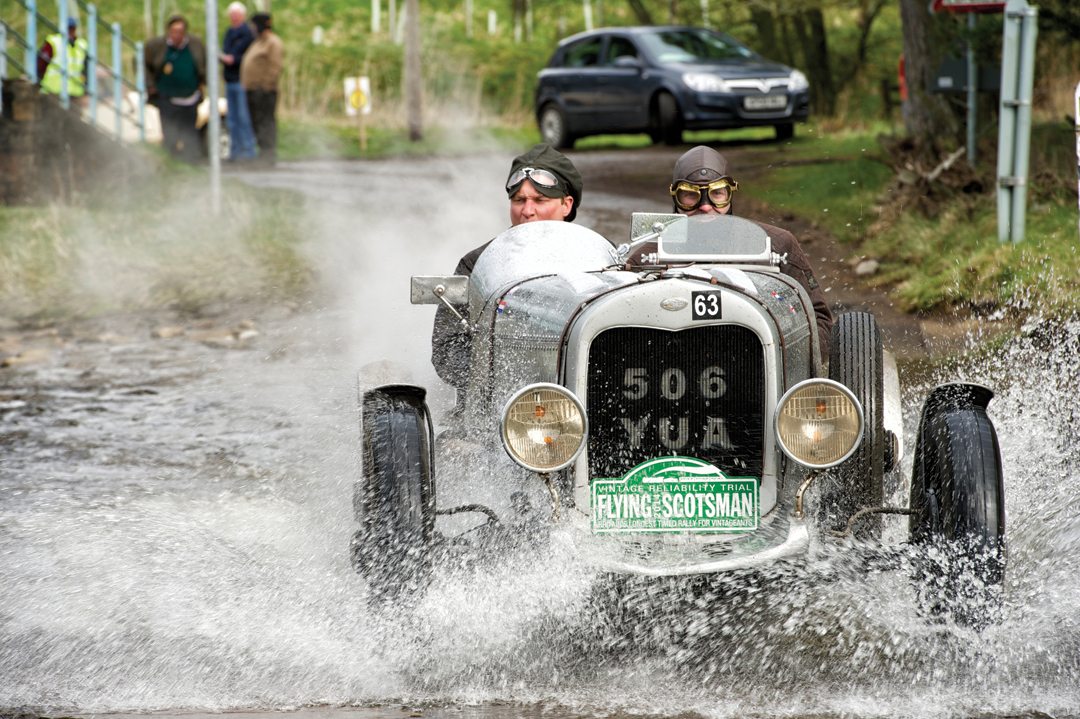
On the start of the very next jogularity test, the clutch started to drag again quite badly. Then, at the top of a particularly steep incline, the pedal snapped off the lever. What I had thought was clutch drag was in fact the pedal bending and fouling the carpet in the foot well, so that I was not getting full depression of the pedal. As I climbed out of the car, with the pedal in my hand, a rally service and support vehicle pulled up directly behind me and the driver asked if I needed help. With a borrowed rat tail file, I cut a pinch bolt slot in the remains of the pedal shaft, while my navigator pulled the broken-off section from the lever. We fitted the new one and a half inch shorter pedal back into the lever and were away again inside 10 minutes. I made another mental note to keep a couple of files in my tool kit.
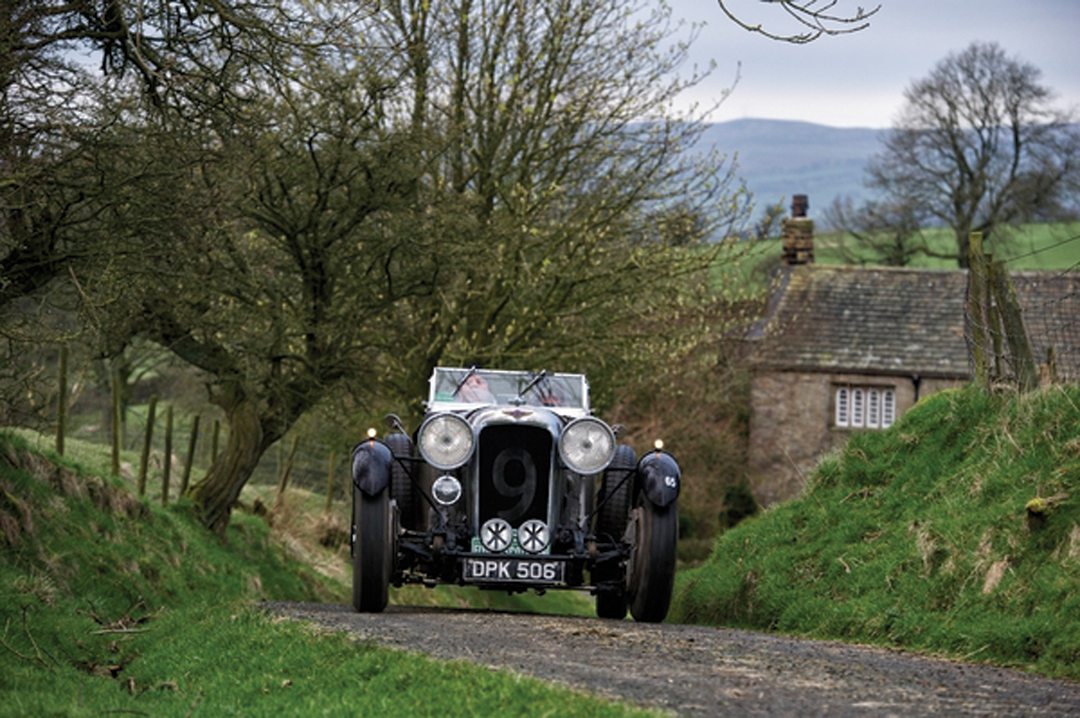
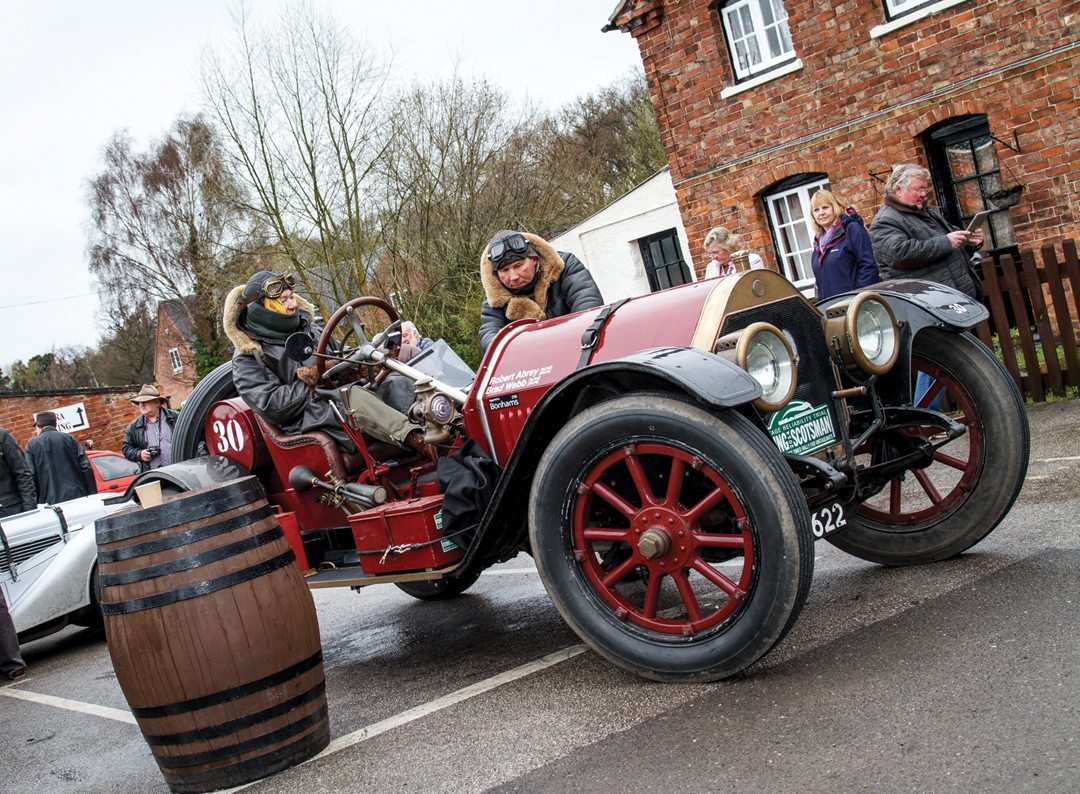
In the afternoon, still in heavy rain and low cloud, we drove down the side of Loch Loman, which, if the weather had been better, would have been spectacular. We had about 60 miles left of the rally, and so far it had been a wonderful driving experience. With the exception of the broken clutch pedal, the car had performed absolutely perfectly. The engine had not missed a beat, with good oil pressure at all times, and we only used the electric cooling fan while lining up for tests. Even the wiper blades had kept the screen clear, certainly not always the case in a vintage car. However, there were some leaks through the old and perished screen rubbers on the passenger side that clearly needed attention before Mrs. Bell ever experiences the Aston in the rain. A top priority for the post-rally to do list!
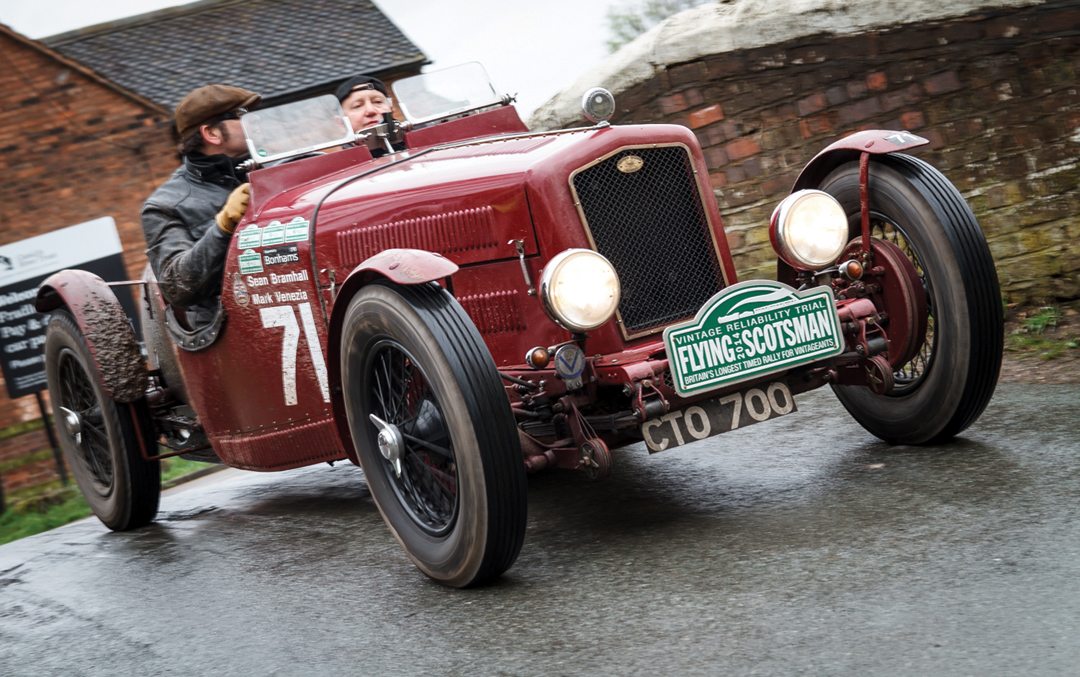
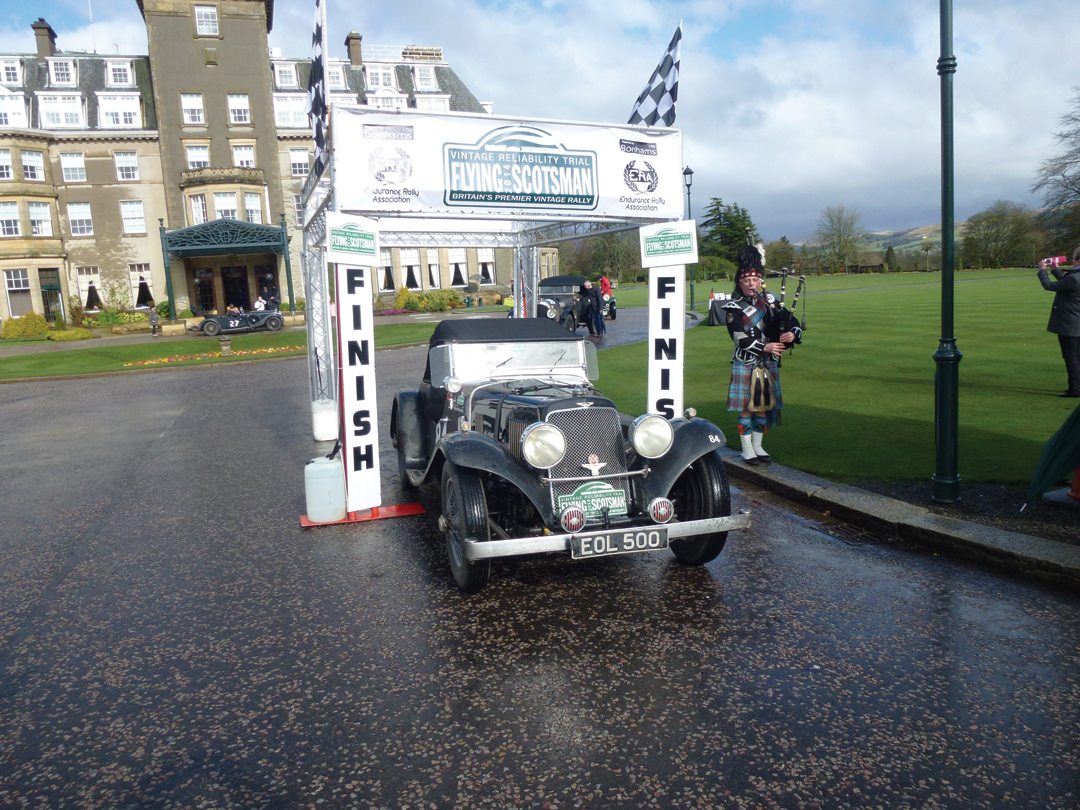
Photo: Andy Bell
We made it to Gleneagles, arriving at four in the afternoon. Our driving and navigating skills had significantly improved over the course of the rally and we went through the finishing arch and parked up next to an Austin 7 Ulster, a tiny car with no screen or hood and a third of the power of the Aston, we were mightily impressed with their achievement. We thought we were being brave, but they really did do it the hard way. After tea and chocolate cake in the Gleneagles bar, overlooking the fabulous grounds and golf courses of the resort, we set off again on the 400-mile journey home, so that I could leave early the next day to go and inspect a very rare 1930 Aston in France!
At one o’clock in the morning, we arrived back in Olney, tired but very satisfied.
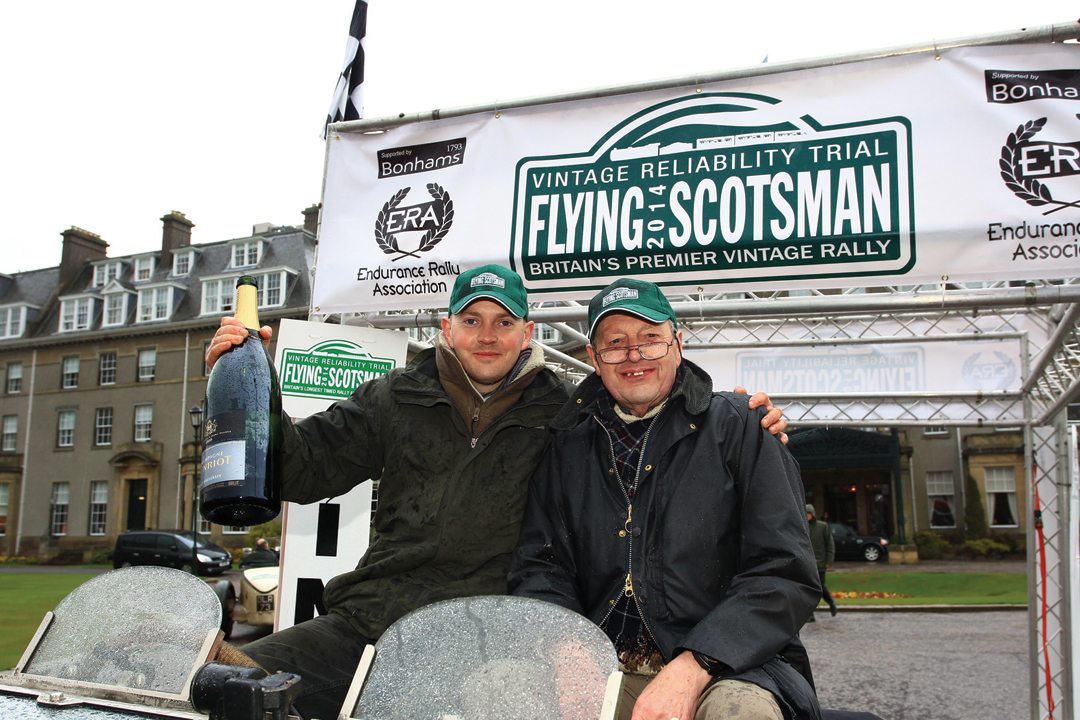
Photo: Tony Large


